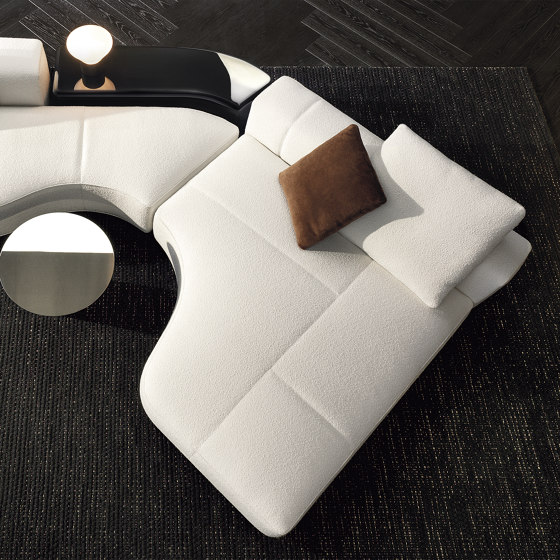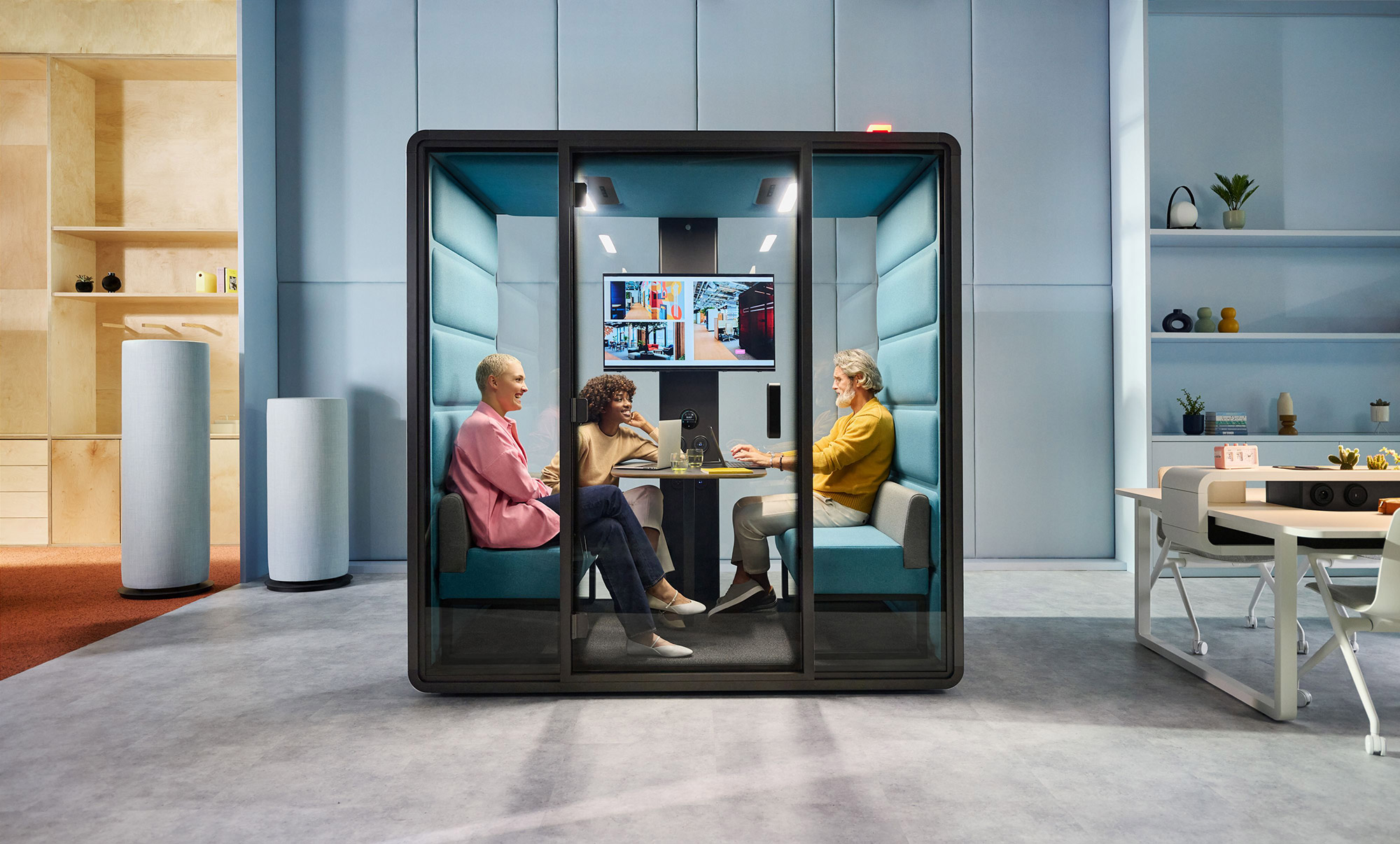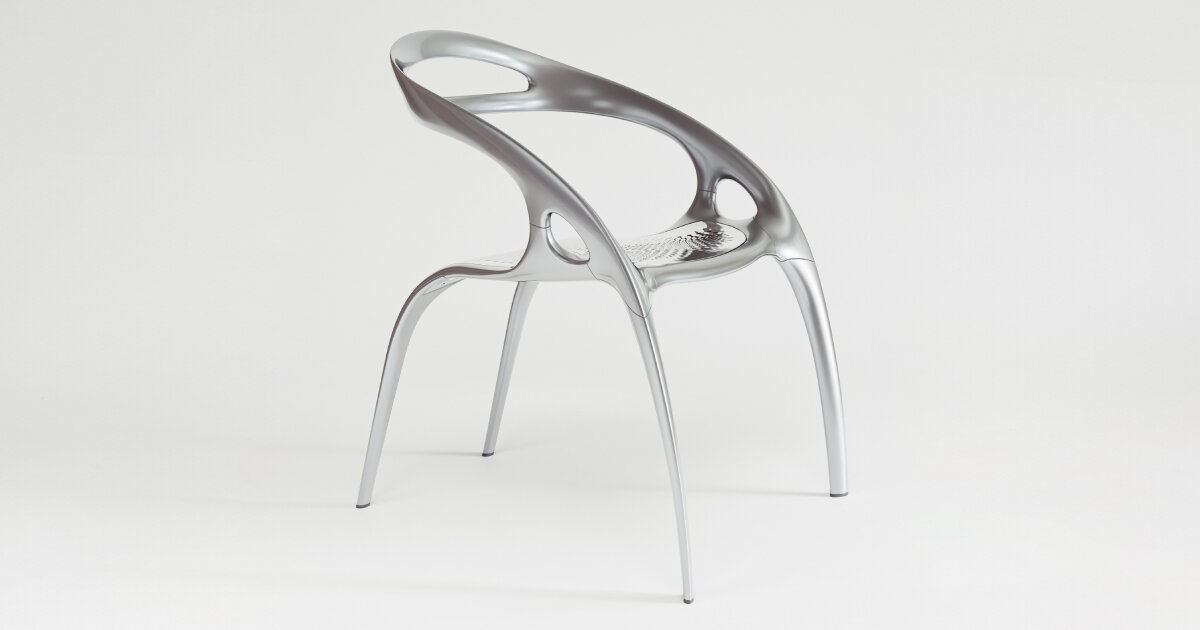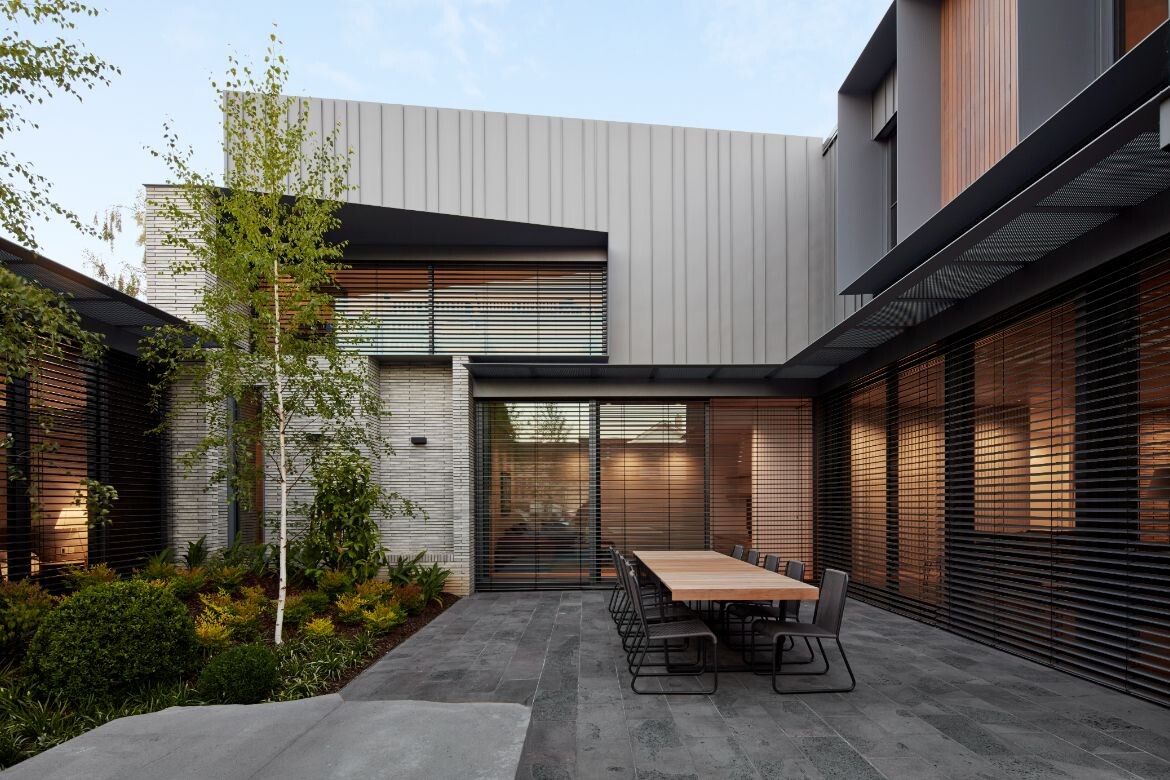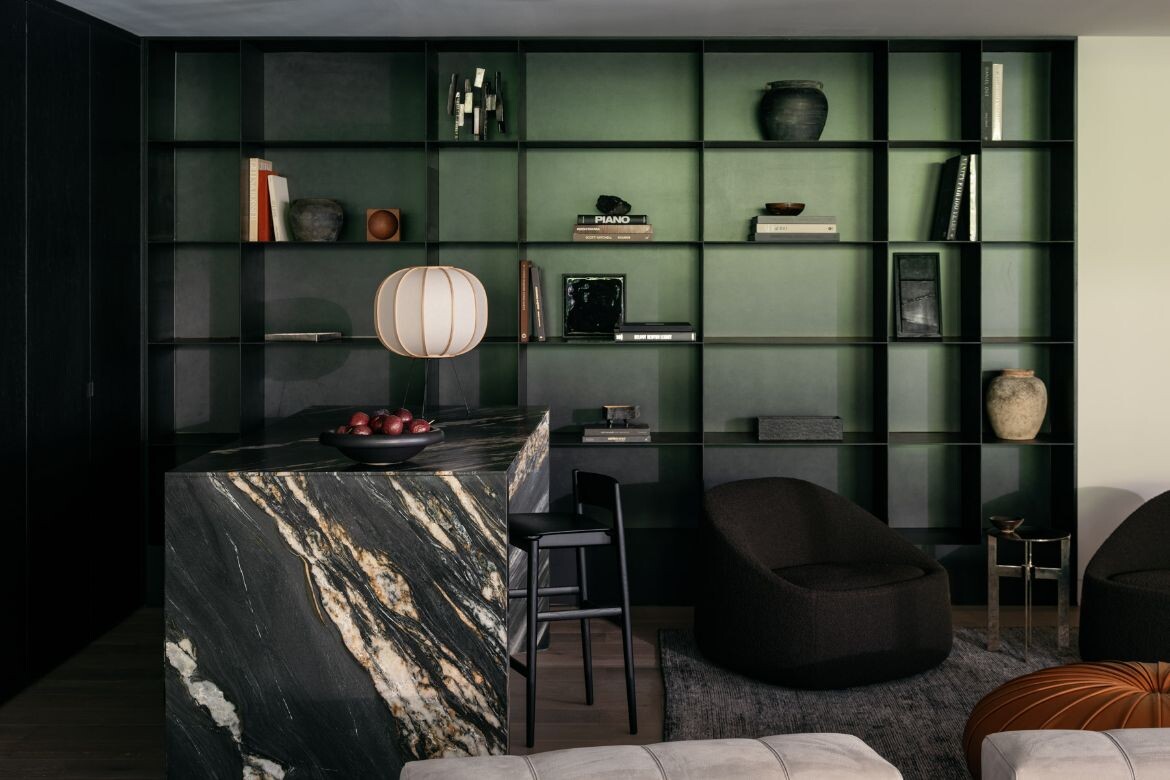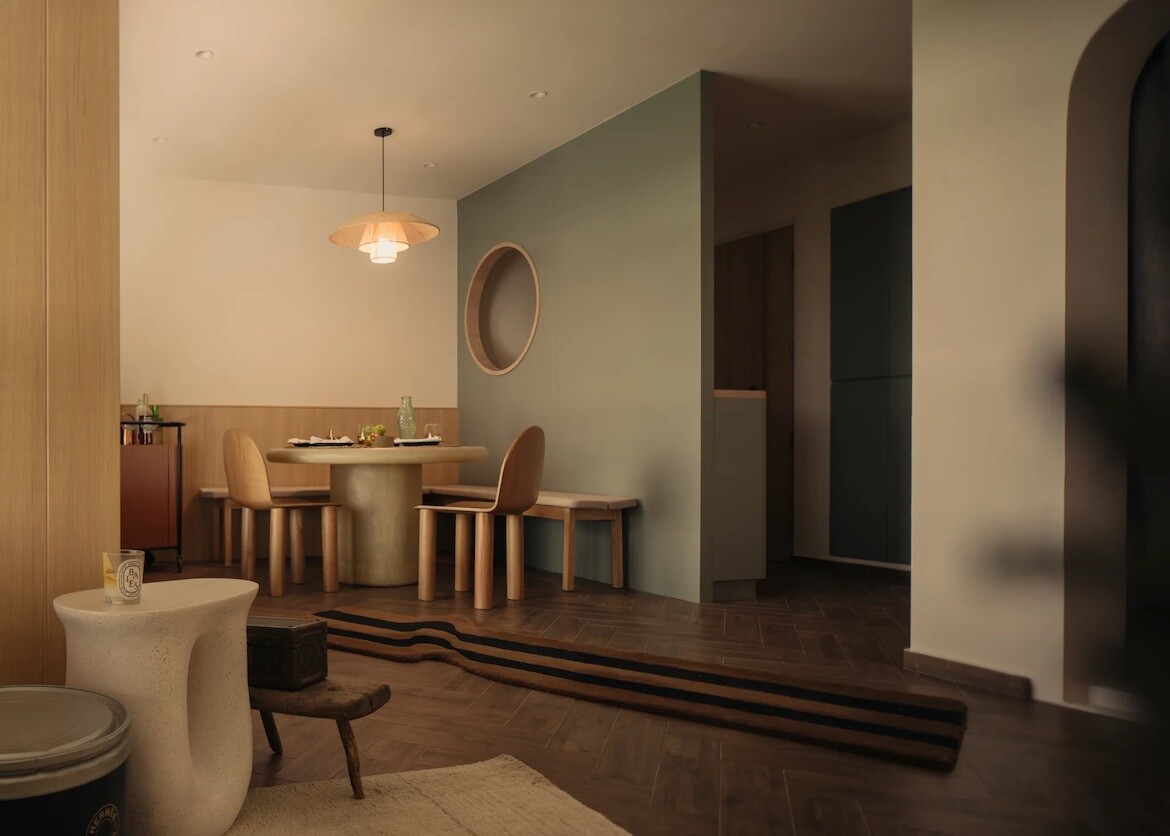3 ‘trends’ that could disrupt the retail industry this year and beyond | Cindy W. Hodnett
Regardless of the election's outcome, there are issues bubbling that could have implications on retail sales post-vote and beyond.

Election years are often tricky for retailers, especially since social media emerged on the scene and created millions of bully pulpits for doomsday predictions left, right and center. So perhaps November’s ballot will ease some trepidation once everyone knows who emerges victorious.
Regardless of the outcome, there are other issues bubbling under the surface that could have implications on retail sales and the home industry, post-vote and beyond.
‘Underconsumption Core’
Back-to-school and off-to-college spending represent a healthy uptick in sales each fall as parents ready the household for another year of studies, and large retailers such as Ikea have perfected back-to-school shopping to an art form, regionalizing product selection and events to reflect local schools.
However, an increasingly popular TikTok trend labeled “underconsumption core” is taking hold, and it could have a big impact on retail.
Underconsumption core encourages recycle, reuse and responsible consumer habits among the teen/20s crowd. In contrast with the influencers who promote products for frequent purchases on the same platform as well as Instagram, the proponents of underconsumption core celebrate actions such as repairing broken lamps, outfitting a dorm or apartment with thrifted and gifted/hand-me-down furniture, and decorating a space with handmade art. It functions as a popular “enlightened” statement on social media and is embraced by all socioeconomic levels.
Whether you’re on TikTok or not, many younger millennials, Gen Z and even Gen Alpha consumers are spending time on it every day, and they are finding millions of like-minds who do not ascribe to the tenets of legacy consumerism. Their parents might still be engaged in “latest/greatest” shopping practices, but they’re developing a different set of behaviors, reinforced by their peer group.
Generational Transfer of Wealth
“Giving while living” might become one of the most frequently used expressions over the next decade, largely due to a massive transfer of wealth from the Silent and Baby Boomer generations to millennial, Gen Z and younger children and grandchildren.
However, as a recent Forbes article states, this wealth transfer isn’t all about money, and the implications for the home furnishings industry could be significant.
Part of the giving-while-living trend includes multigenerational travel, a concept that assigns dollars once targeted for home downpayment gifts, trust funds and savings accounts to instead making memories through the sharing of unique places and experiences.
The idea of choosing travel over a mortgage is not a new one for younger consumer groups, but as the generation with the largest discretionary budget, Baby Boomers allocating more of those dollars to trips instead of furnishings translates into a diminished need for new furnishings across all demographics.
Where They Buy
During a recent market, one industry connection noted that a particular furniture group had not performed up to expectations. Although appropriately scaled and priced with a specific buyer in mind, the collection didn’t gain steam, and this representative noted that it might not have gotten the desired attention in traditional furniture stores with an older consumer demographic.
On the opposite end of the spectrum, a principal from another furniture and décor showroom that debuted in Las Vegas noted that younger buyers were very enthusiastic about the new product line the company launched at market. Ironically, one of the biggest orders came from a multistore grocery chain that is planning to set up mini home “boutiques” in each store.
And while that might seem an unusual pairing, it actually nods to an interesting observation: Younger buyers are not visiting traditional furniture stores in large numbers, but they do go to grocery stores and love one-stop-shop retailers like Target and Walmart.
What Does it All Mean?
A retailer at a recent market told me that she believes current consumer behavior will last a maximum of 15 years, and most in the industry agree that we are in a time of unprecedented change.
From younger consumers concerned about environmental and sustainability issues to older consumers with ample “stuff” and a new focus on creating memories within their family’s generations, the habits of home furnishings consumers are changing, and those who prevail will no doubt create new opportunities through innovation and flexibility.
The total timeline of the transition is fluid, but at least in conversations at market, many industry thought leaders think the starting point is already here.
See also:
What's Your Reaction?














